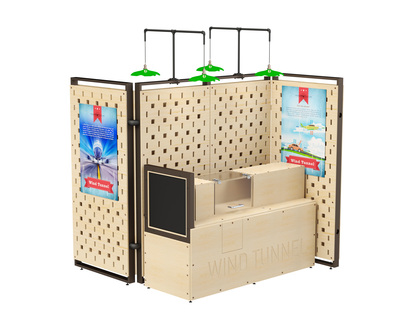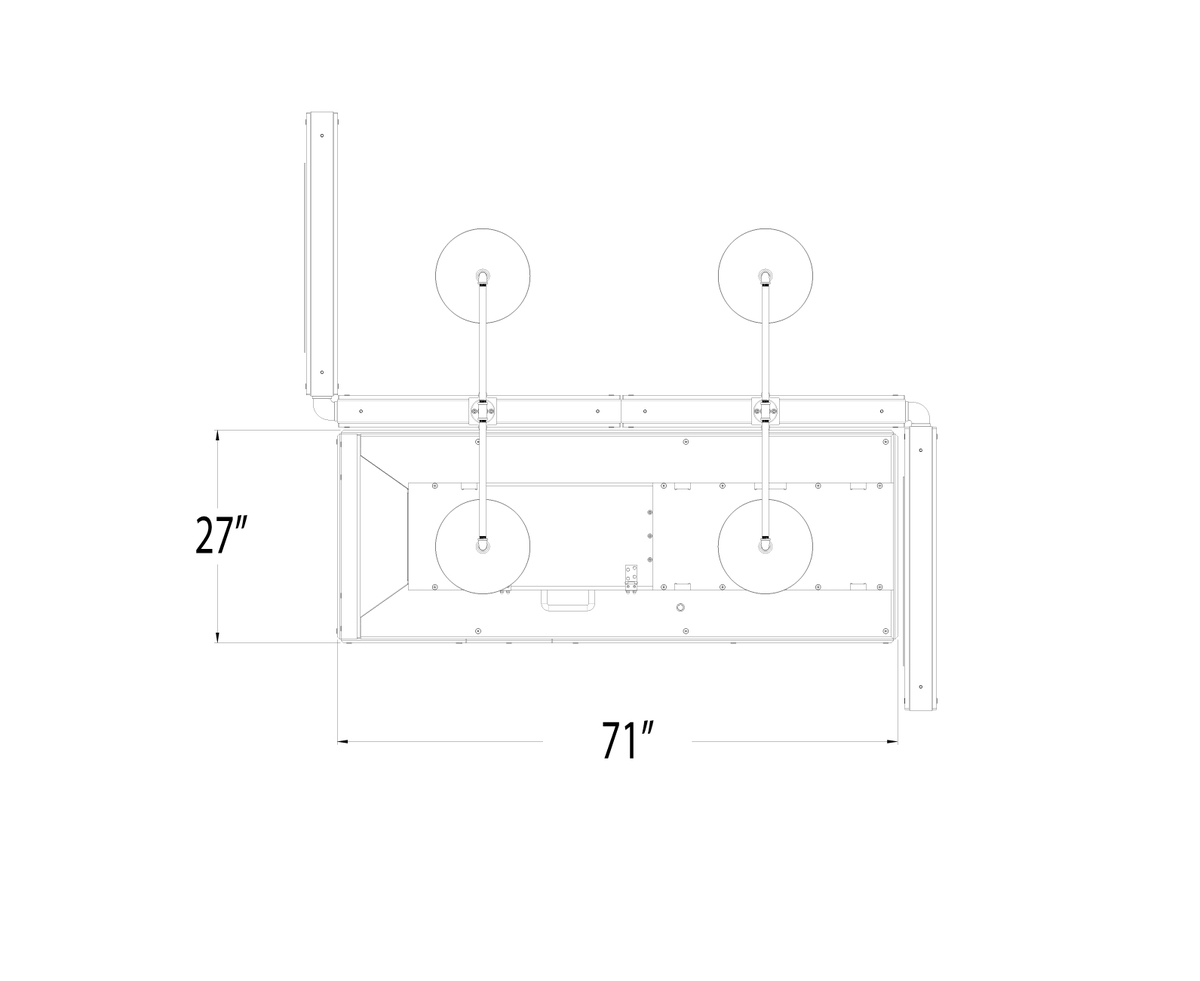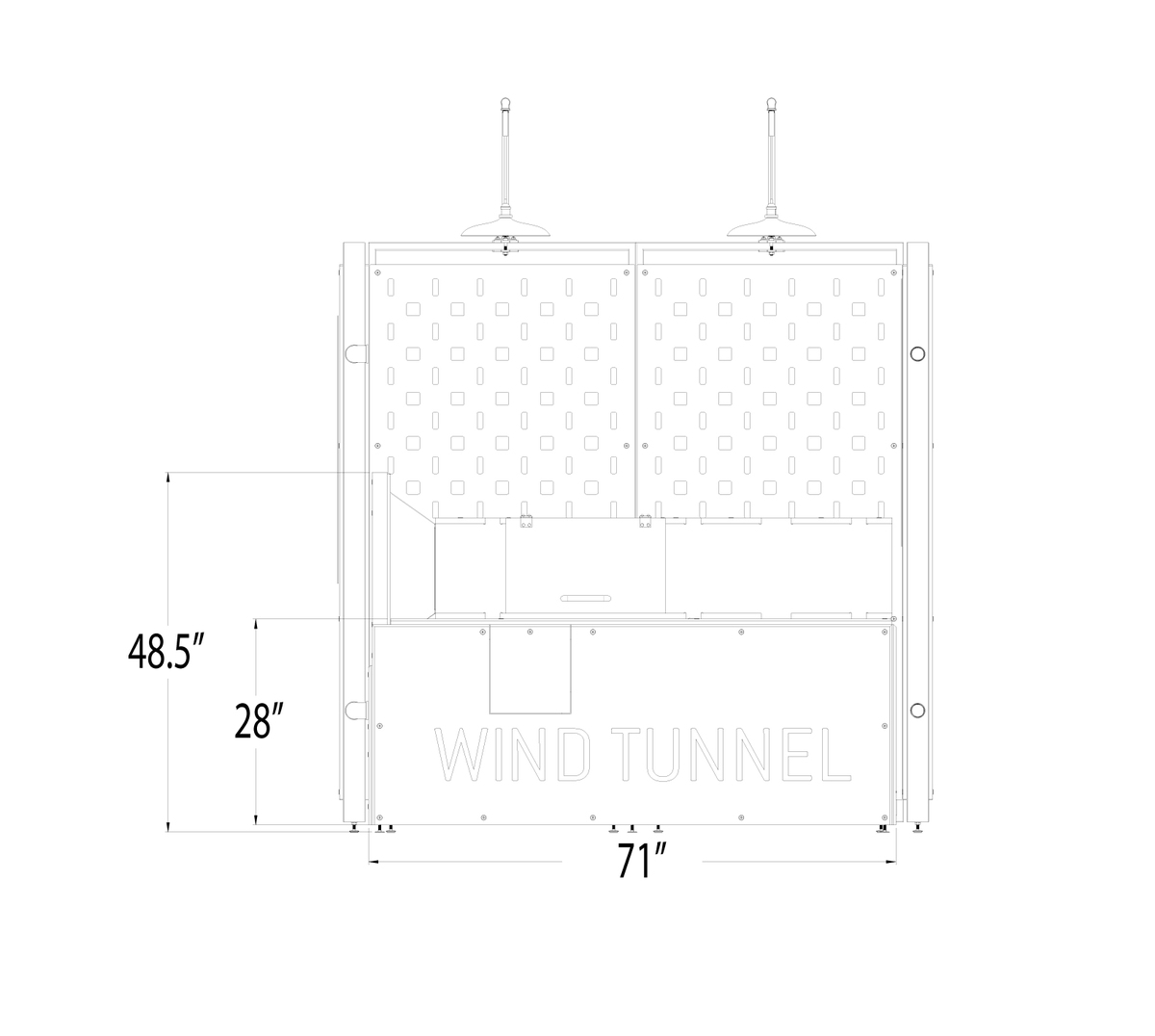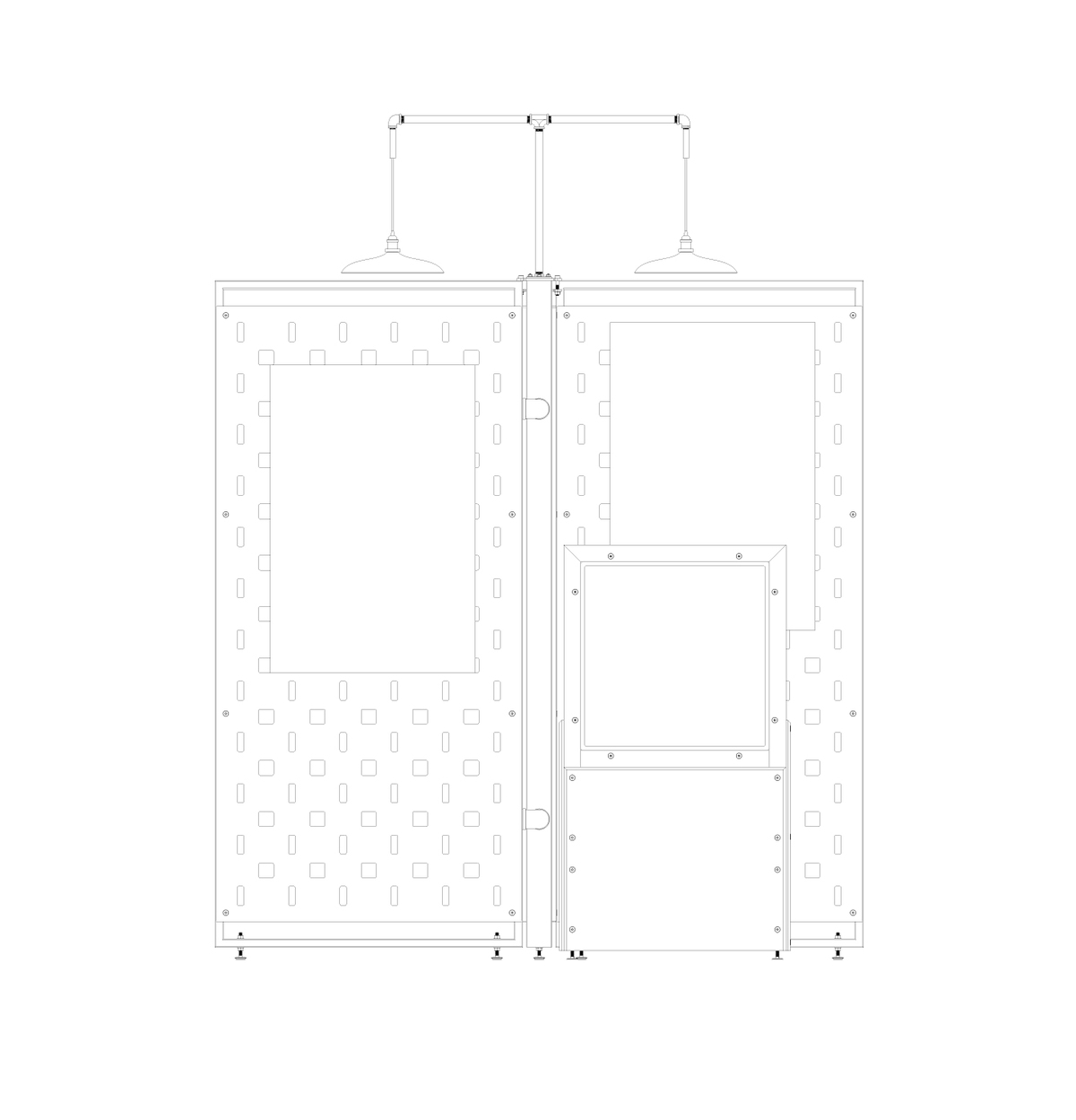Exhibits
Wind Tunnel

Working to build a wind tunnel that will allow children to test airflow over various shapes and other surfaces. Without adult supervision.
STEM Concepts:
● Phenomena of Wind: Students will learn that Wind is a form of solar energy that is
caused by uneven heating of the atmosphere by the sun, irregularities in the earth’s
surface and earth’s rotation. Also, how wind flow patterns are regulated by earth’s
terrain, vegetation and bodies of water.
● Science of Wind Energy: Students will learn wind energy Is the process by which the
wind is used to generate mechanical energy or electricity. Wind turbines convert the
kinetic energy in the wind into mechanical energy. A generator can convert this
mechanical energy into electricity to power homes or cities.
● How Wind Turbines Work: A Wind Turbine uses the wind to make electricity by the
turning of blades that spin on a shaft that is connected to a generator to make electricity.
Wind Turbine blades act like an airplane wing and aerodynamic forces such as lift and
drag will be discussed and how these forces act on a blade to cause rotation. Wind
speed, blade design, height, and site testing will be concepts explored in this unit plan to
further understand Wind Turbine technology.
● Exhibit Technology: Students will design wind turbines and use this exhibit technology
to power certain objects. Students will understand that the Wind Turbine acts as a model
Wind Turbine and how models have limitations in their use.
● Vernier Technology: Vernier sensors and probes can be added as an accessory for the
measurement of real-time data in the inquiry-based Wind Turbine investigation.
● Wind Turbine Engineering Design: Students will design their own Wind Turbines for
best performance prototypes. This will include analyzing data from previous tests and
evaluating current WT designs to produce a best performance prototype Wind Turbine.
● Engineering and Societal Value: Students will understand research and uses of
technology are driven by societal needs. Wind Turbines are an example of this need and
how we are using natural and renewable resources to create electricity.
● Math Calculations: Tip Speed Ratio (TSR), Wind Speed Calculation, Revolutions Per
Minute (RPM), and Voltage Calculations.




